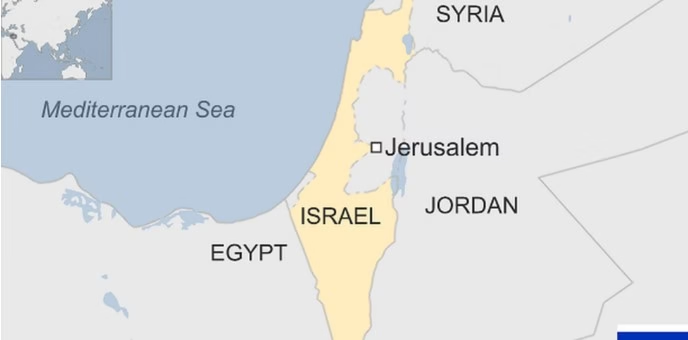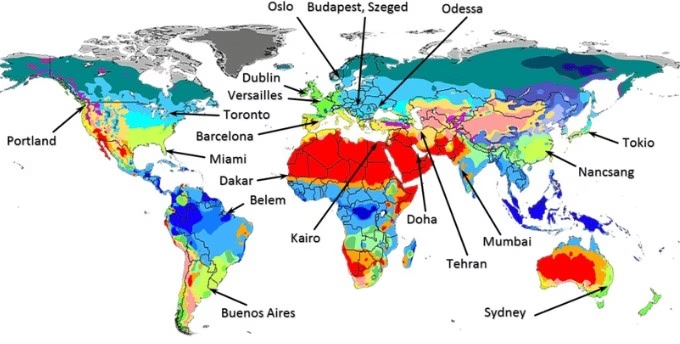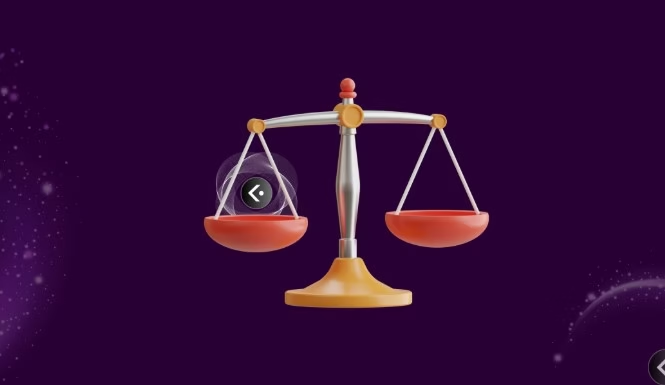How Big is Israel Compared to the United States?
Introduction
When we think about the size of countries, it’s often difficult to grasp the scale without a visual or relatable comparison. One such comparison that surprises many is between Israel and the United States. While both nations are prominent on the global stage—politically, technologically, and culturally—their physical sizes are vastly different.
This article explores just how small Israel is when placed against the enormous landmass of the United States. By examining geography, population density, climate zones, and visual representations, we gain a clearer understanding of each country’s spatial characteristics. Whether you’re a student, traveler, or simply curious, this size comparison offers a fascinating perspective on how geographical scale can influence national identity and development.
Overview of Israel’s Geography and Size

Israel is a small country located in the Middle East, bordering the Mediterranean Sea. It spans approximately 22,000 square kilometers (around 8,500 square miles), making it roughly the size of New Jersey. Despite its compact area, Israel features diverse terrain, including coastal plains, mountain ranges, valleys, and desert regions. The country stretches only about 470 kilometers (290 miles) from north to south. Its compact size contributes to dense urban development, especially in central areas like Tel Aviv and Jerusalem, and enables relatively short travel times across the country.
Overview of the United States’ Geography and Size
The United States is one of the largest countries in the world, covering about 9.8 million square kilometers (roughly 3.8 million square miles). It spans across six time zones and includes a wide range of geographic features—from the Rocky Mountains and Great Plains to tropical beaches and arctic tundra. Its massive land area includes 50 states and several territories, making it incredibly diverse in both climate and population distribution. The vastness of the U.S. means regional cultures, economies, and landscapes vary significantly across the country.
Total Land Area: Israel vs. United States
The size difference between Israel and the United States is staggering. Israel covers about 22,000 square kilometers, while the United States spans approximately 9.8 million square kilometers. This means the U.S. is roughly 445 times larger than Israel. To put it in perspective, Israel could fit into the state of Texas more than 30 times. This scale gap highlights just how small Israel is on the global map, especially when compared to a country as geographically vast as the United States.
Population Density and Urban Spread
Despite its small size, Israel has a high population density. With over 9 million people in a compact area, cities like Tel Aviv and Jerusalem are densely packed. In contrast, the U.S. population of over 330 million is spread across a much larger area, resulting in lower average density—especially in rural regions. While major U.S. cities like New York or Los Angeles are also densely populated, the country has vast areas of sparsely inhabited land, which creates a very different urban and social layout.
Geographic Diversity: Comparing Landscapes
Israel’s geography, though limited in size, is surprisingly varied. It includes coastal beaches, mountain ranges, fertile valleys, and arid deserts like the Negev. The United States, on the other hand, encompasses nearly every type of landscape imaginable—from the Grand Canyon and Appalachian Mountains to the Florida Everglades and Alaskan tundra. The sheer scale of the U.S. allows for an extraordinary range of ecosystems and natural features, making it one of the most geographically diverse countries in the world, far beyond what Israel’s compact geography can offer.
Climate Zones in Both Countries

Israel experiences a Mediterranean climate along the coast, with hot, dry summers and mild, wet winters. Inland areas, especially in the south, transition into arid desert conditions. Despite its small size, Israel’s varied elevation contributes to noticeable climate differences. The United States, due to its massive size, features a wide range of climate zones—from arctic conditions in Alaska to tropical climates in Florida and Hawaii. The U.S. includes deserts, temperate zones, subtropical forests, and snowy mountain regions, offering vastly more climatic variety than Israel.
Distance Comparisons Within Each Country
Traveling across Israel is quick—driving from north to south can take less than 7 hours. In contrast, crossing the United States from coast to coast can take several days by car or about 6 hours by plane. For example, a trip from New York to Los Angeles covers over 4,500 kilometers (2,800 miles). This stark difference in internal distances highlights how compact and accessible Israel is compared to the sprawling distances and regional separations found throughout the U.S.
Time Zones and Regional Divisions
Israel operates within a single time zone (Israel Standard Time), which simplifies national coordination. The United States, however, spans six primary time zones: Eastern, Central, Mountain, Pacific, Alaska, and Hawaii-Aleutian. These time differences can complicate communication, travel, and business operations across states. Additionally, the U.S. is divided into 50 states with significant political, economic, and cultural differences, whereas Israel, though diverse, is centralized in structure with less regional autonomy in its administrative divisions.
Visualizing the Size Difference on a Map
When Israel is overlaid on a map of the United States, the scale difference becomes strikingly clear. Israel is so small that it can fit multiple times within a single U.S. state like California or Texas. Visual comparisons often place Israel over areas such as New England or Florida to show just how compact it is. These map overlays are powerful tools that help people better understand geographic scale, making it easier to grasp the dramatic difference in land area between the two countries.
Why This Comparison Matters

Understanding the size difference between Israel and the United States offers more than just a geographic perspective—it also highlights contrasts in infrastructure, transportation, military logistics, and population management. Smaller countries like Israel face different challenges and advantages, such as quicker national coordination and easier access to borders. In contrast, the vastness of the U.S. demands complex systems to manage its regions effectively. This comparison helps contextualize each country’s development, resources, and global strategies based on their geographical realities.
Conclusion
Although Israel and the United States are both influential nations, their physical sizes are worlds apart. Israel, small yet densely populated and strategically located, contrasts sharply with the expansive, geographically diverse, and regionally varied United States. Comparing their sizes helps us appreciate how geography shapes national identity, governance, and daily life. Whether seen on a map or through cultural and political lenses, this contrast serves as a reminder that influence isn’t always measured in square kilometers—it’s also about how a country uses the space it has.
FAQS
What US state is Israel equivalent to in size?
state of New Jersey
Israel is a small country in the Middle East about the size of the state of New Jersey.
What country is similar in size to Israel?
What is the size of Israel compared to other countries? It’s about the size of Wales*. A wales is the SI unit of country size = 20779km². 1 Israel = 1.065 wales.
How big is Israel compared to Ireland?
Israel, at its widest point, is 114km from east to west. Ireland, however, is 275km. And the total areas: The result: Ireland is 3.38 times the size of Israel.
How many Muslims live in Israel?
In 2023, an estimated 1.782 million Muslims lived in Israel, representing 18.1% of the total population. This makes them the largest religious minority in the country. The Muslim population grew by 2.0% in 2023.
What US state is most like Israel?
Israel’s geography is most comparable to New Jersey, according to Zipperstein. “Imagine you’re living in Newark and someone is firing rockets from the other side of the Hudson River,” Zipperstein told ABC News.
